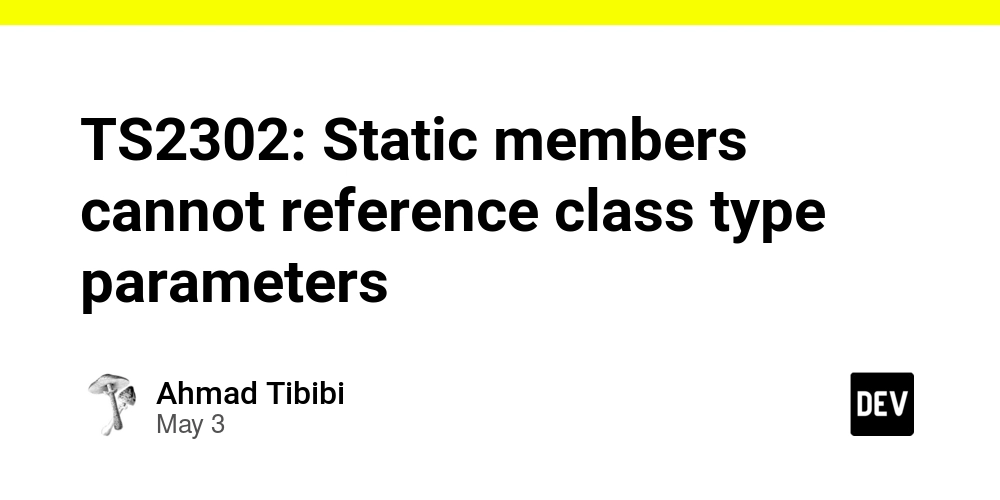Navigating Cyber Insurance – A CISO’s Guide to Coverage and Costs
In today’s digital business landscape, Navigating Cyber Insurance has become essential, as it shifts from a luxury to a core element of organizational risk management. As cyber threats grow in sophistication and frequency, insurance providers have responded with more rigorous underwriting practices, higher premiums, and stricter security requirements. For Chief Information Security Officers (CISOs), understanding […] The post Navigating Cyber Insurance – A CISO’s Guide to Coverage and Costs appeared first on Cyber Security News.

In today’s digital business landscape, Navigating Cyber Insurance has become essential, as it shifts from a luxury to a core element of organizational risk management.
As cyber threats grow in sophistication and frequency, insurance providers have responded with more rigorous underwriting practices, higher premiums, and stricter security requirements.
For Chief Information Security Officers (CISOs), understanding the nuances of cyber insurance has become essential-not only for securing favorable coverage but also for aligning security investments with insurance requirements.
The landscape has changed dramatically, with premiums that once cost just hundreds of dollars now potentially reaching thousands or tens of thousands annually, depending on organizational risk factors.
This guide examines the key coverage types, cost factors, and strategic approaches that CISOs should consider when navigating the complex world of cyber insurance.
Understanding Cyber Insurance Coverage Types
Cyber insurance policies typically fall into two main categories: first-party and third-party coverage. First-party coverage addresses direct losses and expenses incurred by your organization following a cyber incident.
This includes costs related to business interruption, data recovery, ransomware payments, forensic investigations, customer notification, credit monitoring, and crisis management.
Understanding the distinction is crucial, as many organizations require both types of protection but may not realize the gaps in their coverage until after an incident occurs.
Most comprehensive cyber insurance policies now combine elements of both first-party and third-party coverage, with specific sub-limits for different types of losses and expenses.
The challenge for CISOs lies in evaluating whether these limits align with the organization’s actual risk exposure and potential financial impact of various cyber scenarios.
Factors Influencing Cyber Insurance Costs and Requirements
The cyber insurance market has experienced significant volatility in recent years, with premiums rising substantially as insurers adjust to the growing frequency and severity of cyber claims. Several key factors determine how insurers calculate premiums and what security controls they require as prerequisites for coverage.
- Organizational Risk Profile: Insurance carriers evaluate your company’s inherent risk based on industry sector, size, annual revenue, and the nature of data you handle. Healthcare, financial services, and technology companies typically face higher premiums due to their attractive target profiles and sensitive data assets.
- Security Posture and Controls Implementation: Insurers now conduct rigorous assessments of security controls before issuing or renewing policies. Basic security measures like multi-factor authentication, endpoint protection, network segmentation, and privileged access management have evolved from recommended practices to mandatory requirements.
- Data Protection Measures and Exposure Assessment: The volume and sensitivity of data your organization handles directly impact insurance costs. Companies storing large amounts of personally identifiable information, protected health information, or payment card data face higher premiums due to increased regulatory requirements and potential liability.
- Claims History and Incident Response Capabilities: Previous cyber incidents significantly influence premium calculations. Organizations with a history of breaches or claims may face substantially higher rates or more restrictive terms. Conversely, demonstrating strong incident response capabilities, including documented plans, regular testing, and established relationships with response providers, can positively influence underwriting decisions.
- Coverage Limits and Policy Scope: The amount of coverage you select naturally affects premium costs. Higher policy limits provide greater financial protection but come with proportionally higher premiums. Organizations must carefully balance appropriate coverage levels against budget constraints, considering worst-case scenarios and regulatory requirements when determining optimal limits.
Understanding these factors provides a foundation for more strategic conversations with insurers and brokers.
By proactively addressing high-impact security controls and documenting your risk management approach, you can position your organization more favorably during the underwriting process and potentially negotiate better terms.
Strategic Recommendations for CISOs
Successfully navigating the cyber insurance landscape requires CISOs to adopt a multifaceted approach that extends beyond technical security implementation.
The growing interdependence between cybersecurity programs and insurance outcomes necessitates closer collaboration between security leaders and risk management teams.
Breaking down these traditional organizational silos is essential for developing a cohesive strategy that addresses both security objectives and insurance requirements.
CISOs should actively participate in insurance discussions, providing technical context for risk assessments and helping translate insurance requirements into actionable security initiatives.
This collaborative approach enables more informed decisions about coverage options, policy limits, and acceptable retention levels based on a realistic understanding of the organization’s security posture.
Additionally, security leaders should leverage insurance requirements as a catalyst for obtaining executive support for security investments, framing controls implementation as a mechanism for managing both security risks and insurance costs.
- Develop documentation that clearly articulates your organization’s security controls, risk management approach, and incident response capabilities. This documentation should align with insurance applications and demonstrate a mature, thoughtful approach to cybersecurity rather than merely checking compliance boxes.
- Establish a formal, collaborative process between security, legal, and risk management teams to evaluate insurance coverage against realistic cyber scenarios. This should include tabletop exercises that test assumptions about both technical response capabilities and insurance coverage triggers, identifying potential gaps before they manifest during actual incidents.
The cyber insurance landscape continues to evolve rapidly, with insurers becoming increasingly sophisticated in their assessment of cybersecurity risks.
For CISOs, this evolution represents both a challenge and an opportunity-a challenge to meet rising security expectations and an opportunity to leverage insurance requirements as a framework for program maturation.
By understanding coverage options, cost factors, and strategic approaches to the insurance process, security leaders can better protect their organizations from both cyber threats and the financial fallout that often follows.
Find this News Interesting! Follow us on Google News, LinkedIn, & X to Get Instant Updates!
The post Navigating Cyber Insurance – A CISO’s Guide to Coverage and Costs appeared first on Cyber Security News.







































































































































































![[The AI Show Episode 145]: OpenAI Releases o3 and o4-mini, AI Is Causing “Quiet Layoffs,” Executive Order on Youth AI Education & GPT-4o’s Controversial Update](https://www.marketingaiinstitute.com/hubfs/ep%20145%20cover.png)





























































































































![[FREE EBOOKS] Learn Computer Forensics — 2nd edition, AI and Business Rule Engines for Excel Power Users & Four More Best Selling Titles](https://www.javacodegeeks.com/wp-content/uploads/2012/12/jcg-logo.jpg)





![From Art School Drop-out to Microsoft Engineer with Shashi Lo [Podcast #170]](https://cdn.hashnode.com/res/hashnode/image/upload/v1746203291209/439bf16b-c820-4fe8-b69e-94d80533b2df.png?#)









































































































(1).jpg?#)






























_Inge_Johnsson-Alamy.jpg?width=1280&auto=webp&quality=80&disable=upscale#)












































































































![AirPods 4 On Sale for $99 [Lowest Price Ever]](https://www.iclarified.com/images/news/97206/97206/97206-640.jpg)

![Apple Developing AI 'Vibe-Coding' Assistant for Xcode With Anthropic [Report]](https://www.iclarified.com/images/news/97200/97200/97200-640.jpg)
![Apple's New Ads Spotlight Apple Watch for Kids [Video]](https://www.iclarified.com/images/news/97197/97197/97197-640.jpg)
































































































